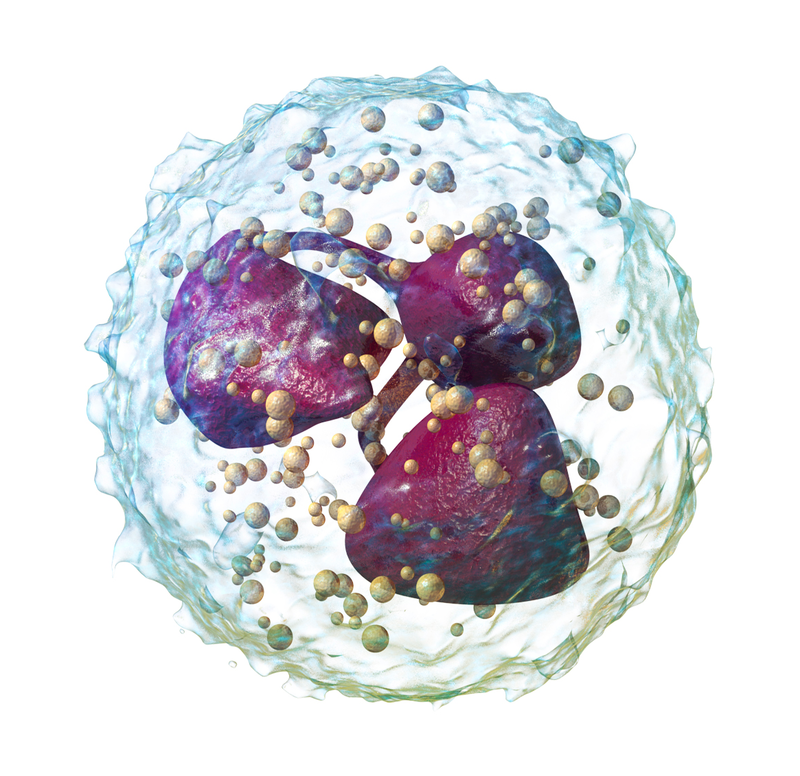November 21, 2024
Author(s): Alexandra Gerlach, Associate Editor
Rusfertide (Takeda; Protagonist Therapeutics Inc) controlled erythrocytosis, maintained a hematocrit of less than 45% and reduced or eliminated the use of phlebotomy in patients with polycythemia vera (PV), according to data from the REVIVE trial (NCT04057040). Published in The New England Journal of Medicine, the results suggest the agent could become an additional therapeutic tool to reduce disease-related symptoms and the need for phlebotomy.1,2
Blood cells | Image Credit: © Ifti Digital – stock.adobe.com

PV is a rare type of blood cancer characterized by the overproduction of red blood cells in the bone marrow, contributing to blood clots, as well as the development of other blood disorders, such as myelofibrosis (MF). Both PV and MF are types of BCR‐ABL1‐negative myeloproliferative neoplasms with shared mutations and are associated with risk of thrombosis, hemorrhagic complications, and progression to acute myeloid leukemia. Approximately 1 in 4 patients with PV will develop MF, which is referred to as post–polycythemia vera myelofibrosis.3-5
Standard-of-care treatment for PV focuses on symptom reduction including treatments for to reduce itching or control blood cell counts, using agents such as hydroxyurea (Droxia; Bristol Myers Squibb) or ruxolitinib (Jakafi; Incyte Corp). The most common treatment for PV is frequent blood withdrawals to decrease blood volume, which is done via phlebotomy.5
Rusfertideis is an injectable, peptide mimetic of hepcidin. Hepcidin, produced in the liver, is a master regulator of iron trafficking. Some preclinical models suggest that increasing hepcidin could help control red blood cell production in patients with PV. In the phase 2 REVIVE trial, rusfertide demonstrated favorable safety and efficacy, with the potential to greatly decrease or eliminate the need for phlebotomy.2
The international, phase 2 REVIVE trial is divided into 2 parts. In part 1, patients were enrolled in a 28-week dose-finding assessment of rusfertide. In part 2, a double-blind, randomized withdrawal period, patients were assigned 1:1 ratio to receive either rusfertide (n = 30) or placebo (n = 29) for 12 weeks. The primary end point was response, which was defined by hematocrit control, absence of phlebotomy, and completion of the trial regimen during part 2. Outcomes were reported by patients and were assessed using the modified Myeloproliferative Neoplasm Symptom Assessment Form (MPN-SAF).2


